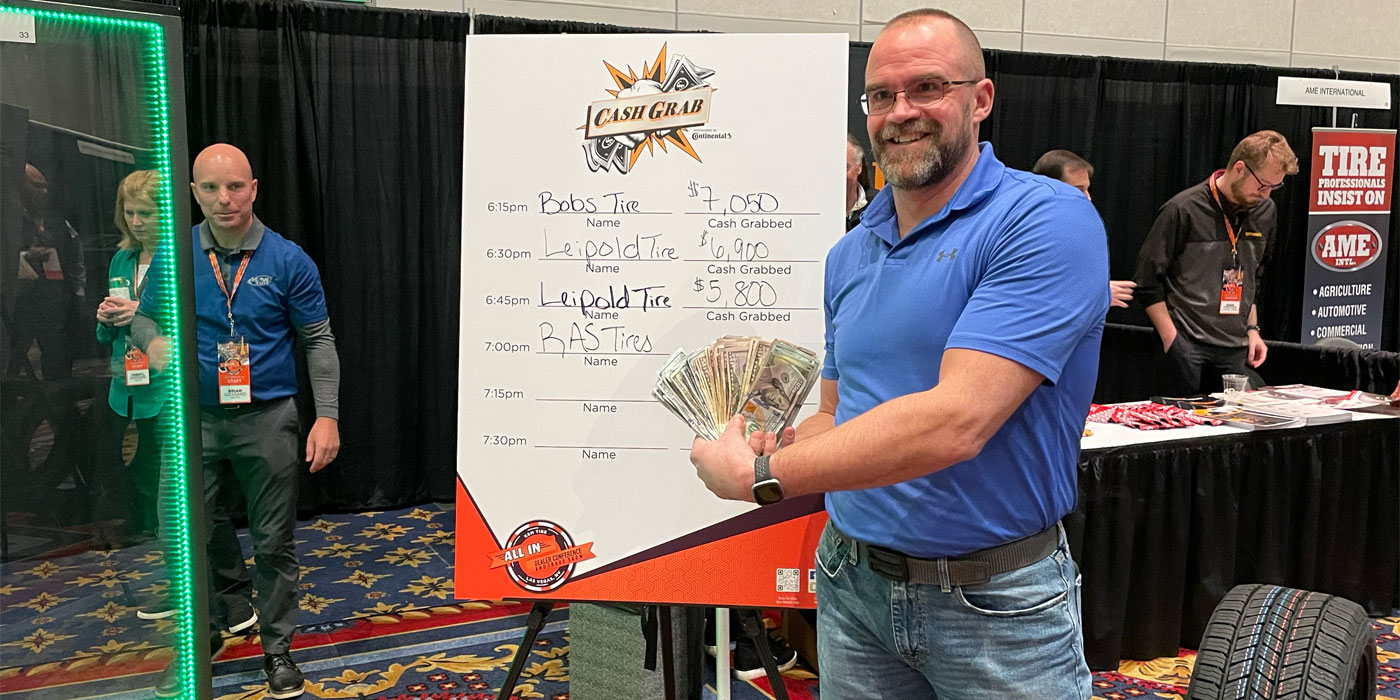1. Mortgage Insurance Premiums
Homeowners with less than 20 percent equity in their homes are required to pay mortgage insurance premiums (PMI). For taxpayers whose income is below certain threshold amounts, these premiums were deductible in tax years 2013, 2014, 2015, 2016 and now, once again in 2017. Mortgage insurance premiums are reported on Schedule A (1040), Itemized Deductions, under “Interest You Paid.”
2. Exclusion of Discharge of Principal Residence Indebtedness
Typically, forgiven debt is considered taxable income in the eyes of the IRS; however, this tax provision was retroactively extended through 2017. Homeowners whose homes have been foreclosed on or subjected to short sale are able to exclude from gross income up to $2 million of canceled mortgage debt.
3. Energy Saving Home Improvements
If you made your home more energy efficient in 2017, you have another chance to take advantage of this tax credit on your tax return. This credit reduces the amount of tax owed as opposed to a deduction that reduces your taxable income. The credit is worth up to 10 percent of the cost (excluding installation) of qualified improvements to a taxpayer’s main home to make it more energy efficient such as insulation materials, energy-efficient exterior windows and doors, and certain types of roofs, e.g., metal roof or asphalt roofs specifically designed to reduce the heat gain of your home.
Note: This tax credit is cumulative and has been around for more than 10 years. As such, if you’ve taken the credit in any tax year since 2006, you will not be able to take the full $500 tax credit this year. For example, if you took a credit of $150 in 2016, the maximum credit you could take this year (2017) is $350.Furthermore, taxpayers should also note that they can only use $200 of this limit for windows.
4. Qualified Tuition and Expenses
The deduction for qualified tuition and fees was also extended through 2017 and is an above-the-line tax deduction. In other words, you don’t have to itemize your deductions to claim the expense. Qualified education expenses are defined as tuition and related expenses required for enrollment or attendance at an eligible educational institution. Related expenses include student-activity fees and expenses for books, supplies, and equipment as required by the institution.
Taxpayers with income of up to $130,000 (joint) or $65,000 (single) can claim a deduction for up to $4,000 in expenses. Taxpayers with income over $130,000 but under $160,000 (joint) and over $65,000 but under $80,000 (single) are able to take a deduction of up to $2,000. Taxpayers with incomes above these threshold amounts are not eligible for the deduction.
5. Deductible Expenses for Live Theatrical Productions
Section 181 refers to special expensing rules for certain film and television productions that allows taxpayers to treat the costs of any qualified film or television production as a deductible expense. This provision also applies to production costs for qualified live theatrical productions with certain restrictions.
Only the owner of a film, television production or a live theatrical production can make a Section 181 election and if you want to take the deduction on your 2017 tax return your first paid performance must have taken place in 2017. Furthermore, Section 181 only applies to live stage productions where the seating capacity for the performance is less than 3,000 seats and the production must be based on a written play (or book in the case of a musical). This tax provision is complicated. Please call if you need clarification.
Don’t miss out on the tax breaks you are entitled to.
If you’re wondering whether you should be taking advantage of these and other tax credits and deductions, don’t hesitate to call the office. If you’ve already filed your 2017 federal tax return want to claim one or more of these retroactive tax breaks, please call for assistance in filing an amended tax return.
This content is provided by Lipton CPA Associates.
Rich Lipton is a Certified Public Accountant and has earned his CFF credential. He can be reached at [email protected] or by calling 973-520-8123. For more information visit Lipton CPA Associates online at www.liptoncpa.com.














